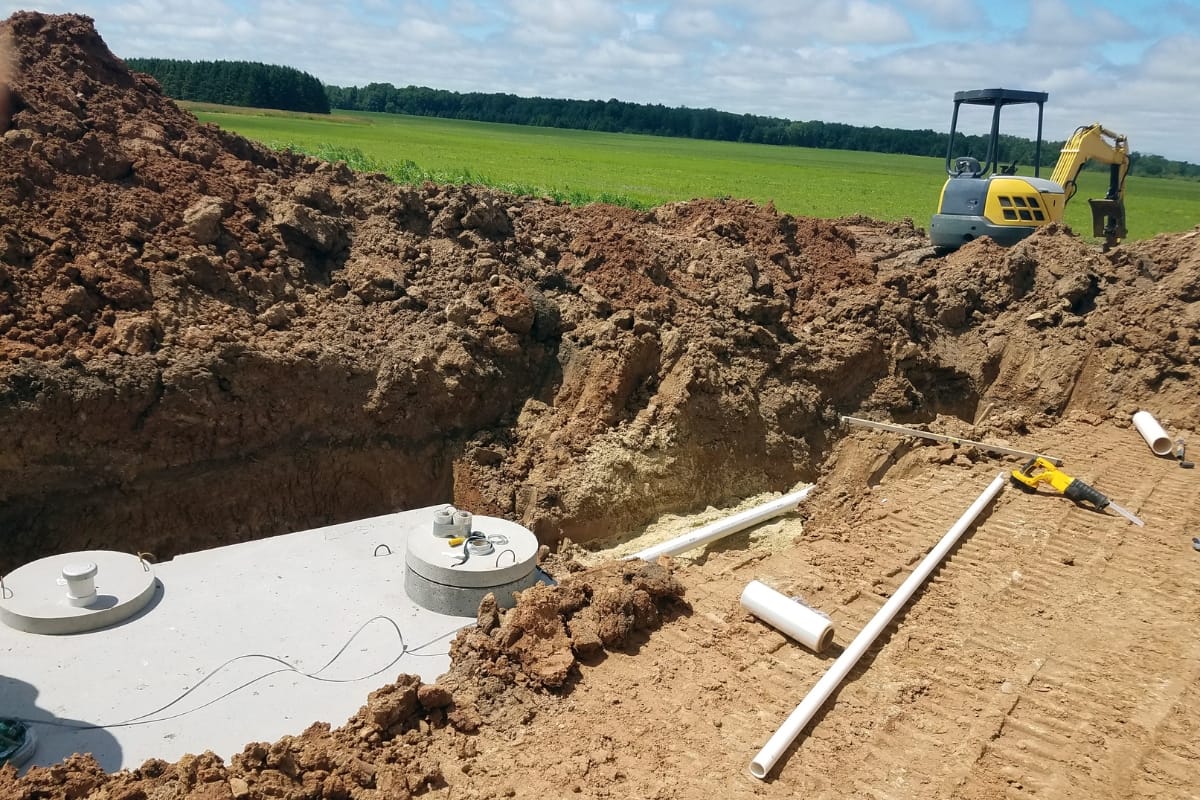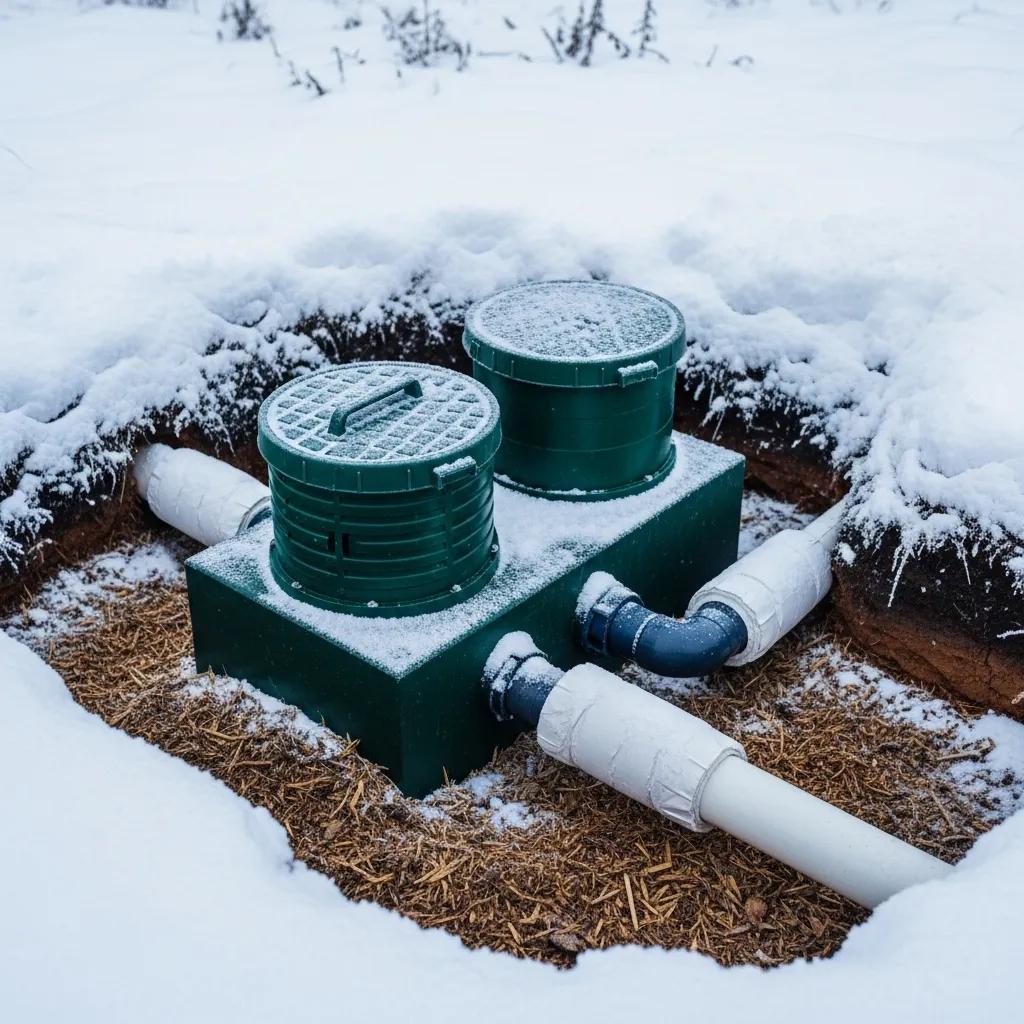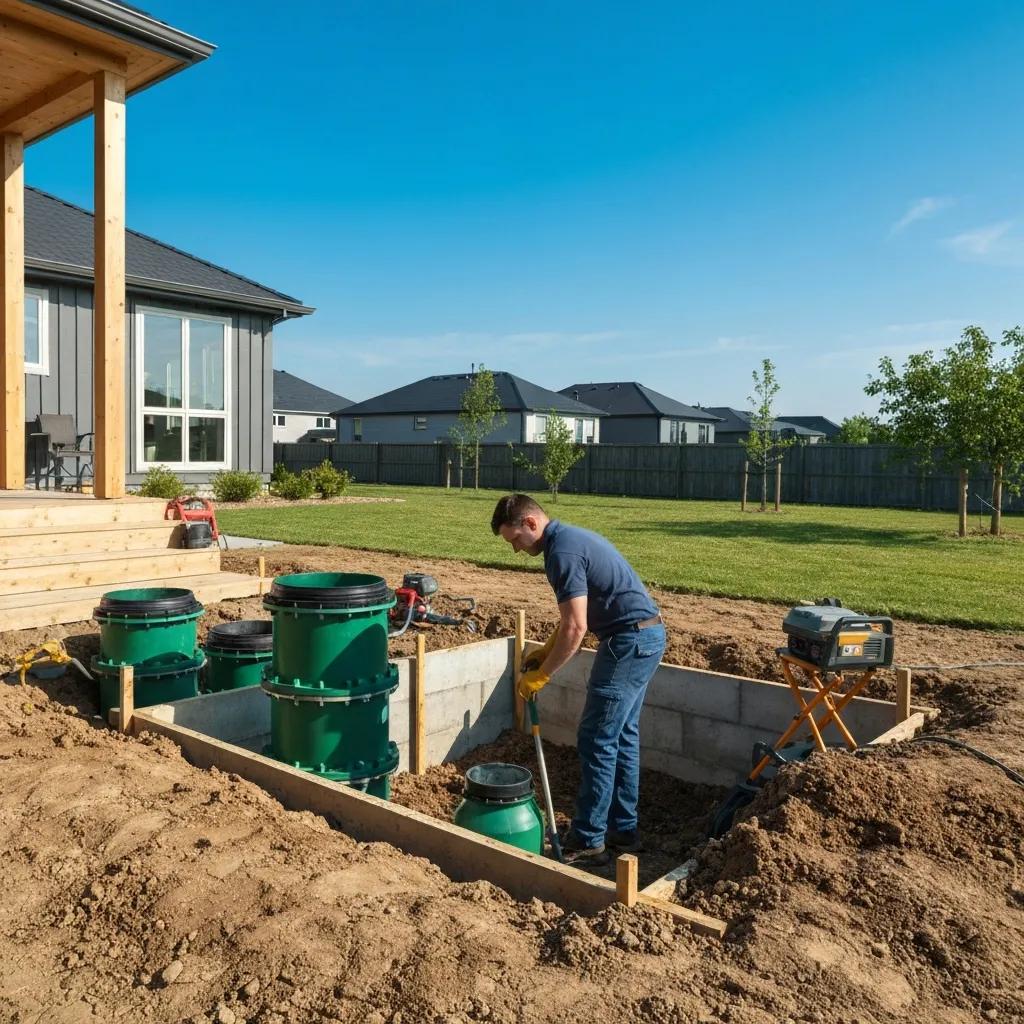In Georgia, proper septic system installation and maintenance are critical for environmental health and property value, with the drain field playing a central role in effective wastewater treatment.
Understanding the state’s specific septic drain field requirements can help homeowners ensure compliance, avoid costly issues, and protect local water quality. In this essential guide, we’ll cover Georgia’s regulations for septic drain fields, from size and location standards to soil testing and maintenance best practices.
Whether you’re installing a new septic tank system or managing an existing one, this guide will equip you with the knowledge to keep your septic tanks running smoothly and in line with Georgia’s environmental standards.
Mastering Georgia’s Septic Drain Field Requirements for a Smooth Operation
Soil Testing Guidelines for Septic Drain Field Installation
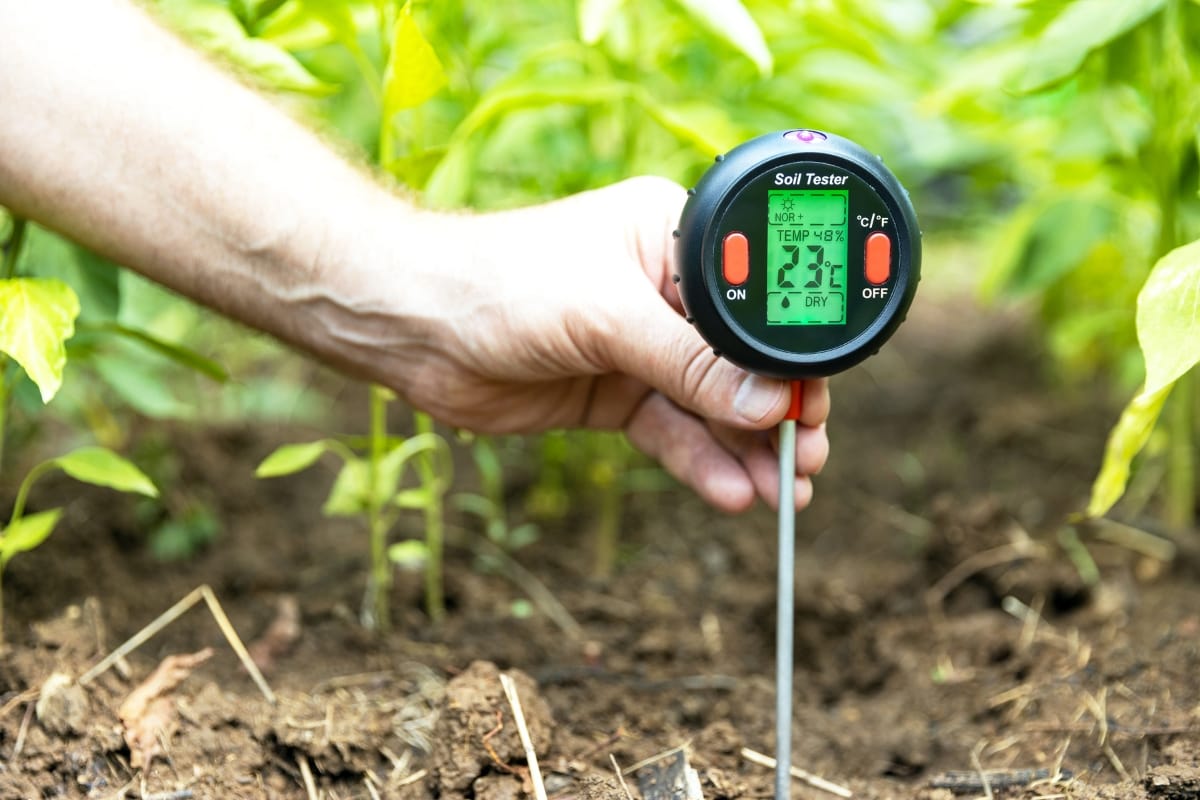
Before you get started on the installation of a septic drain field in Georgia, it is crucial to conduct thorough soil testing. This step ensures that the soil composition and characteristics are suitable for an efficient wastewater treatment system and disposal. Soil testing involves analyzing various factors, including texture, permeability, and absorption rate.
The first parameter to consider is the soil texture. Different types of soil, such as sandy, loamy, or clayey soils, have varying drainage capabilities. Sandy soils tend to drain quickly but may not retain enough moisture for optimal treatment. On the other hand, clayey soils have poor drainage properties and can lead to waterlogged drain fields. Loamy soils strike a balance between drainage and moisture retention.
Permeability is another critical factor in soil testing. It determines how easily water can pass through the soil layers. Permeability is measured by conducting a percolation test or a hydraulic conductivity test. These tests involve digging test pits or installing observation wells to assess how quickly water infiltrates into the ground.
The absorption rate of the soil is also essential in determining septic drain field requirements. It indicates how well the soil can absorb wastewater without becoming saturated or causing surface ponding. The absorption rate is determined by conducting a loading test where a specific volume of water is applied to the ground surface over a designated period.
Based on the results of these tests, professionals can determine whether additional measures are necessary for successful septic drain field installation in Georgia. For example, if the soil has poor drainage capabilities or high clay content, alternative systems like mound systems or advanced treatment units may be recommended.
Site Evaluation Criteria for Optimal Drain Field Placement
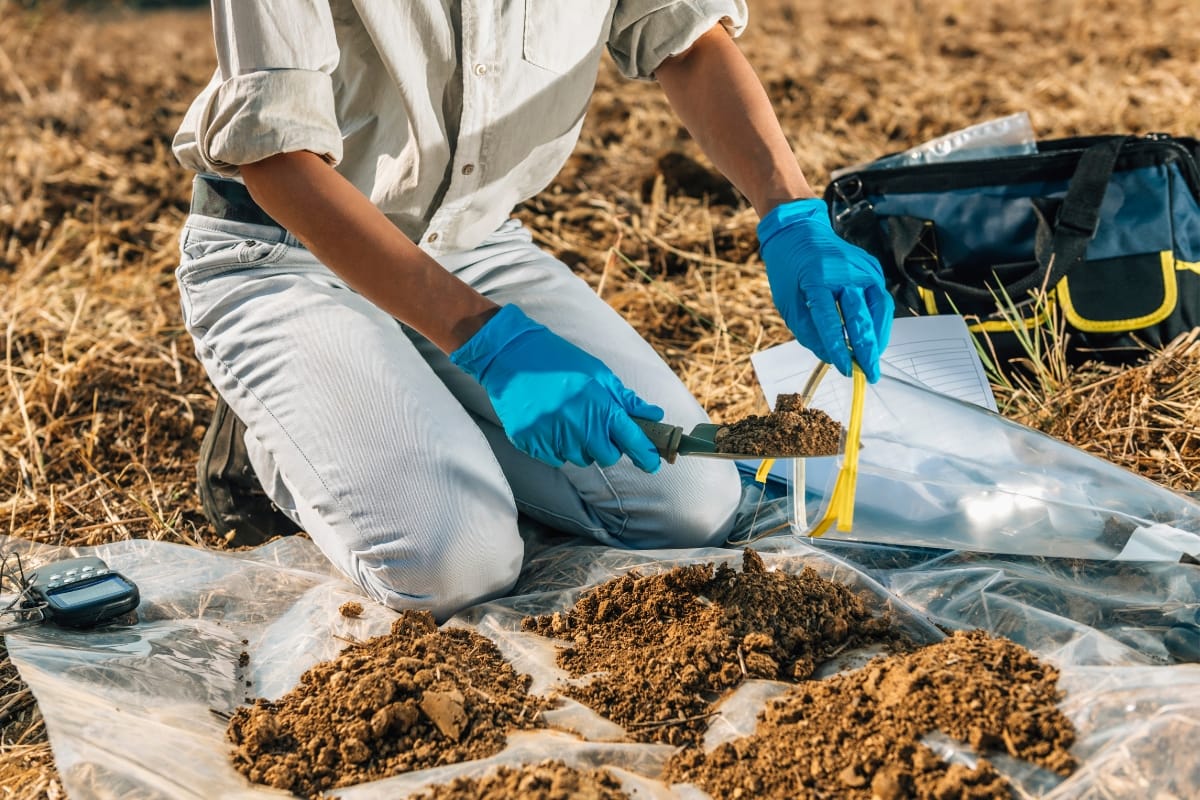
The placement of a septic drain field is vital to its performance and durability. Careful site evaluation ensures proper installation and minimizes future issues.
A key consideration is the distance between the drain field and nearby features like wells, water sources, property boundaries, and structures. In Georgia, specific regulations require minimum setbacks to prevent water contamination and reduce potential odor issues for nearby properties.
The landscape of the site also matters. Ideally, drain fields should be installed on level or gently sloping terrain. This layout promotes even wastewater distribution and prevents pooling or waterlogging. Installing on steep slopes risks uneven distribution, which can lead to system failure.
Soil depth is another critical factor. The drain field must be in an area with adequate soil depth to treat wastewater effectively. Shallow soils may not provide sufficient treatment, leading to the risk of effluent surfacing or reaching groundwater.
Finally, accessibility for maintenance is essential. Ensure the drain field is easy to reach for inspections, pumping, and repairs, with ample space for any equipment or vehicles needed during these procedures. Proper planning in these areas will contribute to a long-lasting, efficient drain field.
Ensuring Compliance with Local Regulations and Zoning Laws for Septic Drain Fields
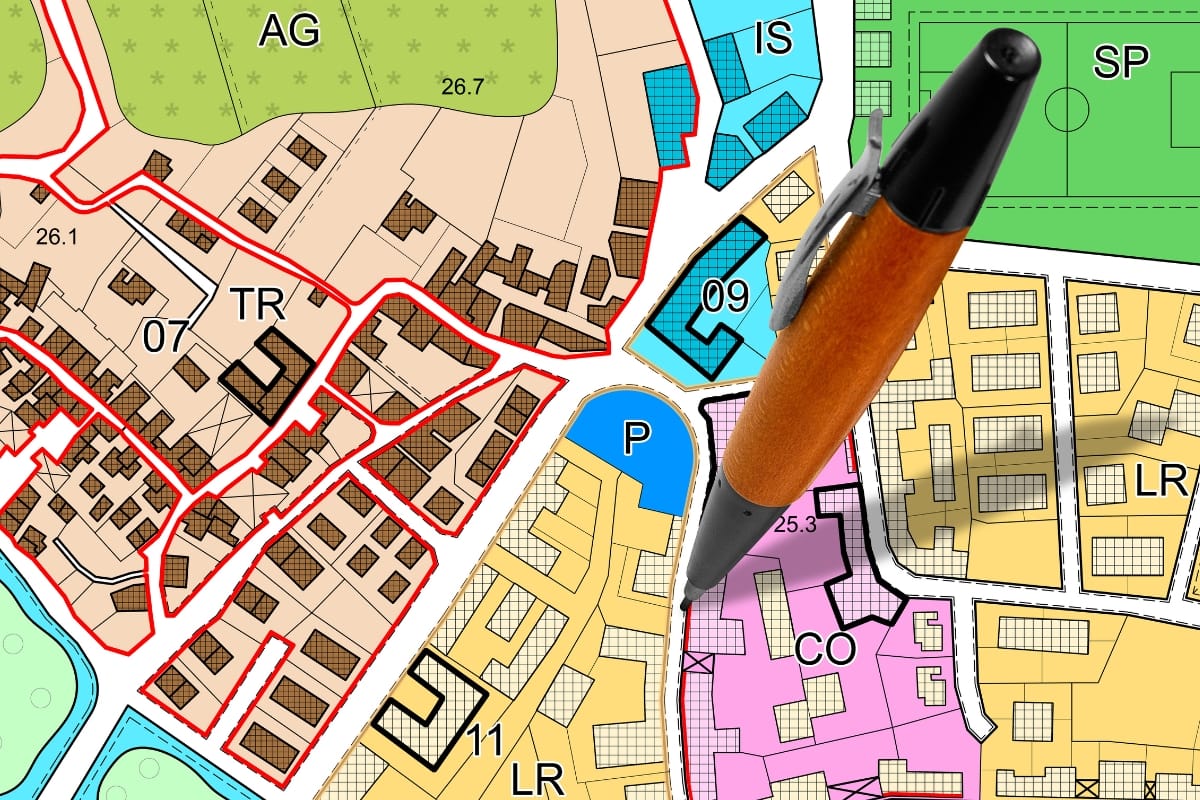
When installing a septic drain field in Georgia, strict adherence to local regulations and zoning laws is essential for the system’s long-term success and environmental safety. Local laws vary by county, addressing everything from system location to installation practices, all designed to protect public health, water quality, and local ecosystems.
Before initiating any septic installation or modifications, it’s vital to understand the specific guidelines in your county. Regulations typically cover setback distances from wells, water bodies, and property boundaries, ensuring that wastewater doesn’t contaminate nearby water sources.
There are also requirements regarding minimum soil depths, which ensure proper filtration and treatment of effluent, as well as limits on maximum daily flow rates to prevent system overload.
Beyond health and environmental concerns, zoning laws govern land use and density in specific areas. This means certain regions may have limitations on system types, required distances from neighboring properties, or even the permitted size of the drain field. Failing to account for these regulations can result in installation delays or even potential fines if non-compliance is discovered later.
Partnering with a licensed septic system professional who understands local regulations and permitting processes is invaluable. Such experts not only streamline the permit application process but also offer insights on optimal drain field design to meet legal standards.
Their expertise can help you avoid costly errors, ensuring a compliant, efficient system that supports both your property’s functionality and local environmental health.
Designing an Efficient Septic Drain Field System
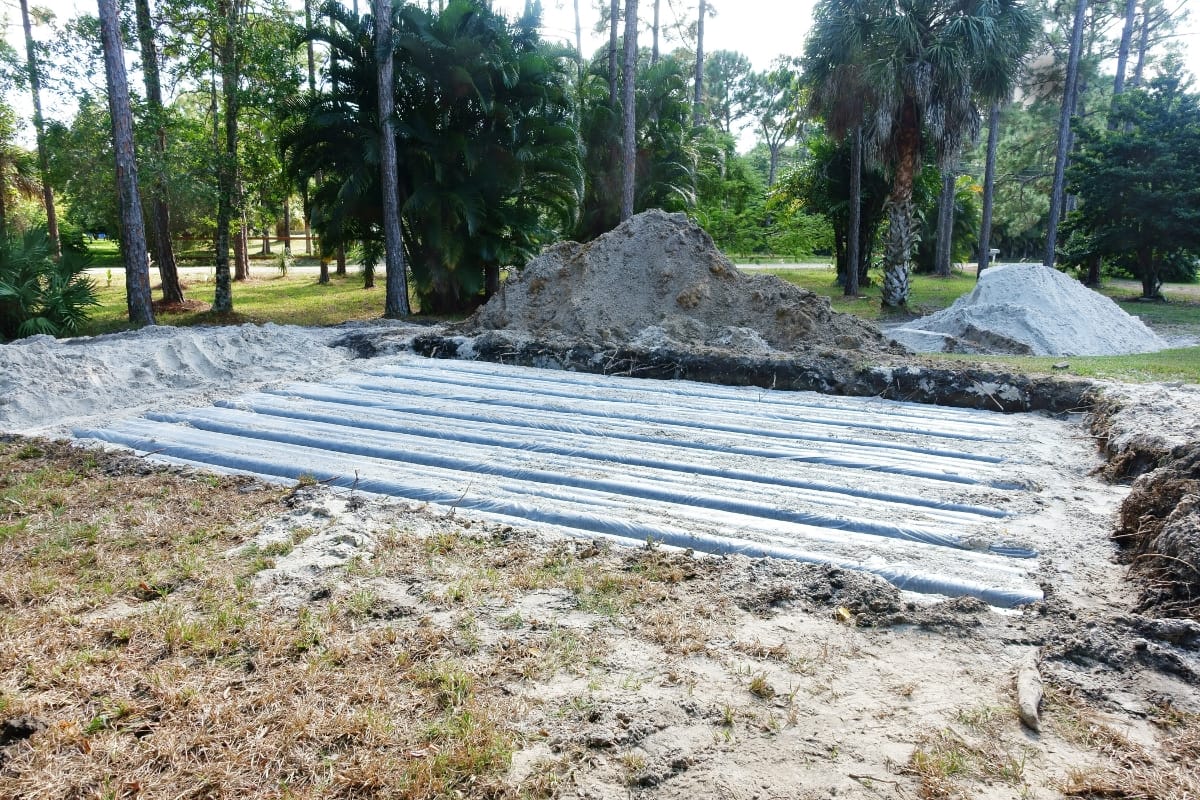
Creating an efficient septic drain field system requires meticulous planning and adherence to local guidelines to ensure optimal wastewater treatment and environmental safety. In Georgia, it’s essential to comply with specific requirements, as these regulations are crafted to safeguard water quality and promote system longevity.
The first step is to determine the correct size of the drain field based on the expected daily water usage and the number of bedrooms in your home. This estimate helps calculate the necessary square footage, ensuring the drain field can effectively handle household wastewater without overloading the system, which could lead to premature failure.
Soil testing is critical in this process, as soil composition directly influences how efficiently wastewater filters through and is absorbed. Soil with poor drainage, such as clay-heavy soil, may require advanced treatment solutions, like pretreatment units or alternative septic designs, to improve wastewater dispersal.
Sandy or well-draining soils, on the other hand, may allow for a more standard setup, but even then, the soil depth and seasonal groundwater levels must be evaluated to avoid groundwater contamination.
Proper layout and configuration of the drain field pipes are equally important. Choosing a design that supports uniform wastewater distribution, such as parallel trenches or a grid pattern, prevents localized soil saturation and extends the system’s lifespan. Spacing between trenches should also account for soil type and overall yard layout, ensuring that wastewater absorption remains consistent across the field.
Ventilation pipes play an often-overlooked role in the system’s health, helping to release gases naturally produced by the breakdown of waste. These pipes should be placed strategically and extended above ground to allow for adequate airflow and prevent odor issues.
Consulting a licensed septic system designer or engineer throughout the planning and installation phases can make a significant difference in the system’s functionality. These professionals ensure compliance with local codes, assess site-specific conditions, and guide the optimal design process.
Installation Best Practices for Long-Term Success
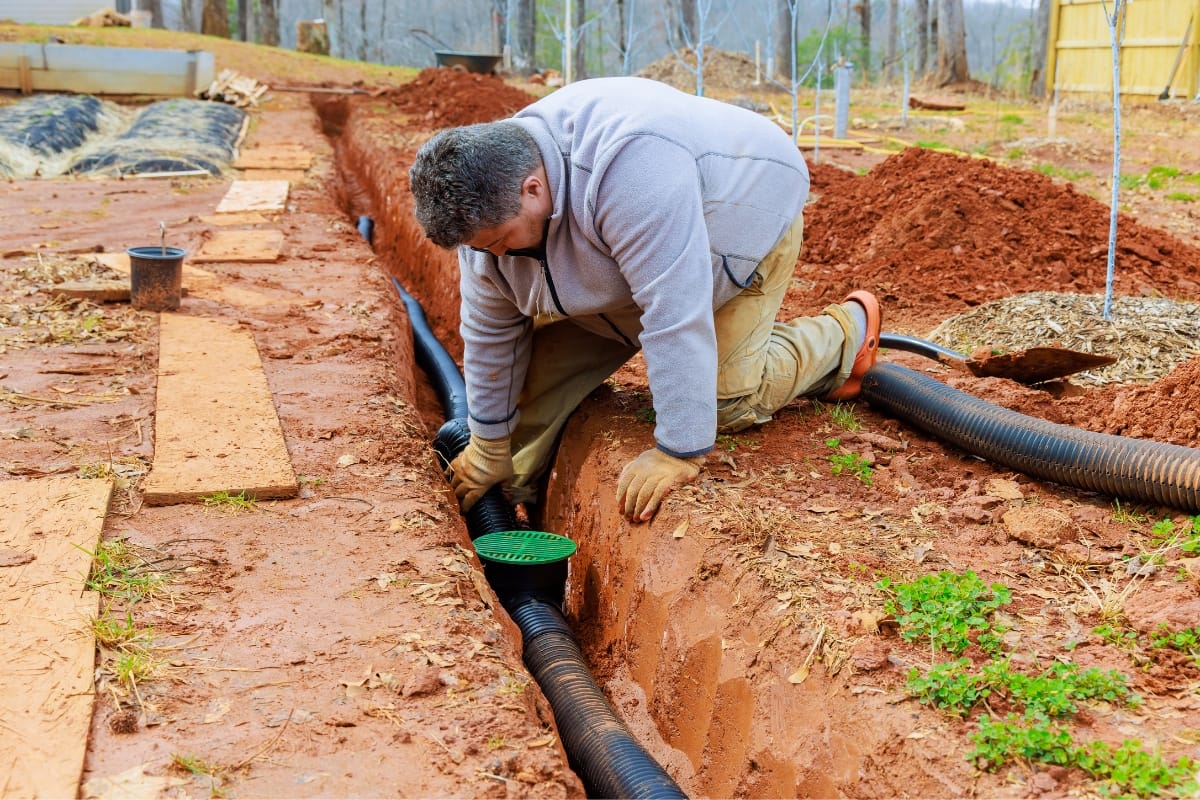
Proper installation is essential for the longevity and functionality of a septic drain field system, particularly in Georgia, where soil composition and local regulations must be carefully considered. By following these best practices, you can ensure your system operates effectively for years, reducing the likelihood of premature failure or expensive repairs.
Site Preparation and Clearance
Before laying the foundation for a drain field, preparing the site is crucial. This involves removing any vegetation, rocks, roots, or debris that could obstruct the installation process or interfere with the system’s performance.
Clear a sufficient area to not only fit the drain field but also allow easy access for future maintenance activities, such as inspections or repairs. Additionally, the chosen area should ideally be free from shade to support natural evaporation.
Drain Field Pipe Installation
When installing drain field pipes, the alignment and slope are critical. The pipes should be laid with a gradual, consistent downward slope, allowing gravity to facilitate wastewater flow.
A slope of about 1-2% is typically optimal, ensuring the wastewater doesn’t flow too quickly (which could cause pooling at the field’s end) or too slowly (which could result in clogs).
Ensuring all connections are secure and sealed is also key, as even minor leaks can lead to infiltration of roots or soil, impairing the system’s performance over time.
Backfilling with Care
The backfilling process must be handled with precision to avoid compacting the soil, which can hinder water absorption. Use loose soil or gravel, carefully layering to ensure adequate contact between the drain field pipes and surrounding earth.
Proper backfilling not only promotes better wastewater dispersal but also prevents soil erosion or depressions in the drain field area that could affect system performance.
Final Inspection and Testing
A thorough inspection following installation is essential. Conduct a hydraulic load test or a dye test to assess how well the drain field absorbs and distributes wastewater.
These tests help confirm that the system is functioning as intended and can reveal potential problems, such as poor water dispersal or blockages, before they become larger issues.
Ongoing Maintenance for Longevity
Long-term success also depends on regular maintenance. Regular inspections and scheduled septic tank pumping are vital for preventing blockages and ensuring efficient performance. Homeowners should also avoid excessive water usage and be mindful of what enters the system, as items like grease, chemicals, or non-biodegradable products can strain or damage the system.
County-Specific Requirements in Georgia
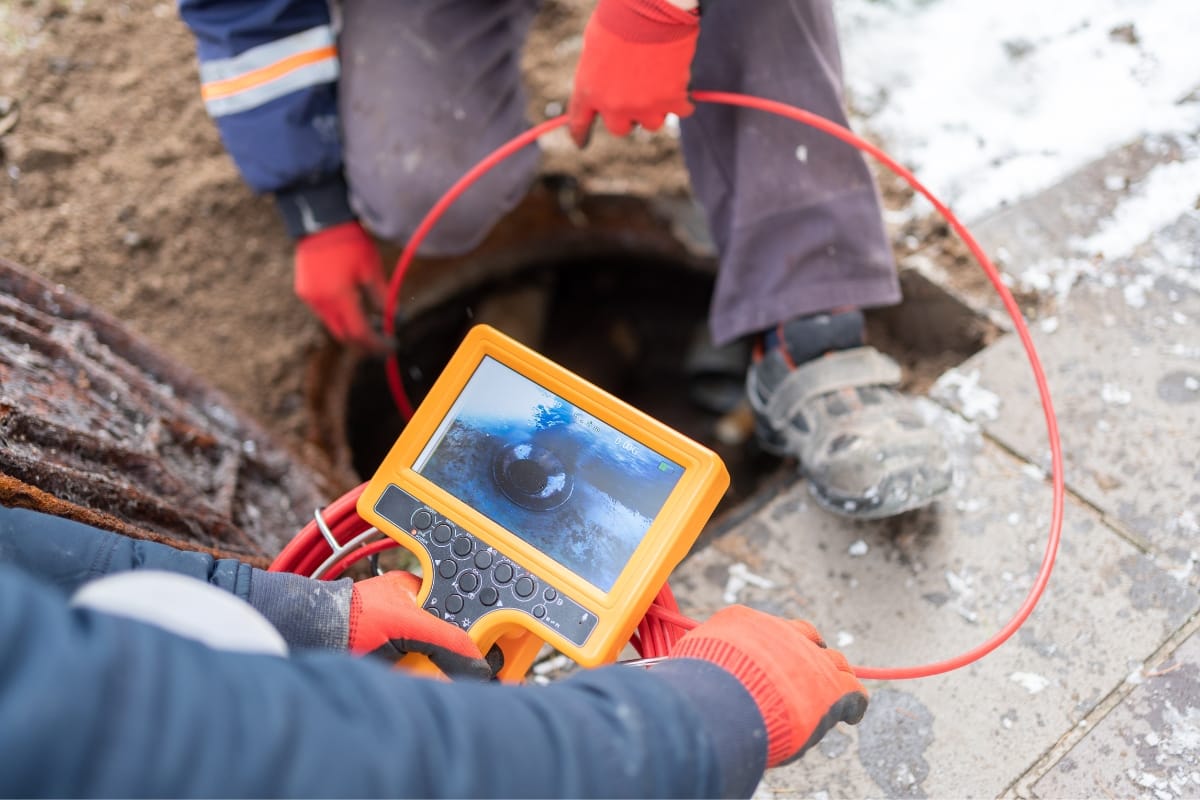
In Georgia, septic drain field regulations are governed at the county level, meaning requirements can differ significantly depending on your location.
These regulations are in place to protect public health and ensure the proper functioning of septic systems across the state’s diverse geography. Before beginning any septic system installation or modification, it is crucial to review and understand the specific regulations for your county.
Permits and Documentation
In many Georgia counties, obtaining permits is a mandatory first step in the installation process. These permits generally require homeowners or contractors to submit detailed plans, which may include site maps, soil analysis results, and system design specifications.
Approval from local health departments or environmental agencies is often necessary before any work can begin. This process not only ensures compliance but also minimizes the risk of improper installation that could lead to costly repairs or environmental hazards.
Setback Distances and Property Guidelines
Each county may have distinct setback requirements, which dictate the minimum distance between the septic drain field and various features like wells, water bodies, property boundaries, and structures.
For example, a county might mandate that a drain field be located a certain distance from nearby water sources to protect them from potential contamination. These setback distances can vary widely depending on regional water tables, soil types, and topography.
Soil Depths and System Specifications
Counties often have specific guidelines regarding soil depth and composition, as soil plays a critical role in filtering and treating wastewater. Minimum soil depth requirements ensure that there is adequate ground for wastewater filtration, reducing the risk of untreated effluent reaching groundwater.
Some counties might also require specialized systems, such as mound systems or sand filters, if the soil conditions are deemed unsuitable for traditional septic systems.
Flow Rates and System Capacity
In many areas, counties set restrictions on maximum daily flow rates per household, which are determined based on factors like the number of bedrooms or total occupants in the home.
These limitations help prevent system overloads and ensure adequate processing time for wastewater. Additionally, some counties may mandate specific septic system designs or configurations to suit local soil or water table conditions.
Ongoing Compliance and Maintenance
Many counties in Georgia require regular septic system inspections and maintenance to ensure continued compliance. This could include periodic pumping schedules, system functionality assessments, or even water quality testing for nearby wells.
Adhering to these maintenance obligations helps extend the lifespan of your septic system and contributes to overall environmental protection in your area.
Conclusion: Nurturing Georgia’s Landscapes Through Responsible Septic Drain Field Management
As Georgia continues to experience residential growth and urbanization, responsible septic drain field management becomes increasingly crucial. By understanding and adhering to the septic drain field requirements in Georgia, homeowners can contribute to the preservation of both their property values and the environment.
Navigating septic drain field requirements in Georgia can be complex, but with the right guidance, you can ensure your system is compliant and efficient. Trust Smart Septic Pros to provide expert assistance in understanding and meeting all your septic needs. With years of experience and a commitment to customer satisfaction, we’re here to address your septic services needs as seamlessly as possible. Call us today at 678-993-4545 or request a service through our website form, and let’s get started on your project with confidence.
